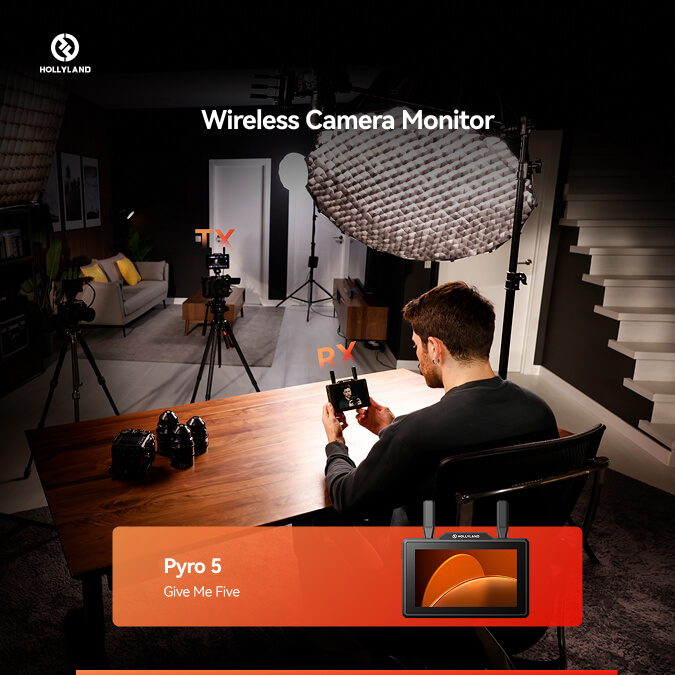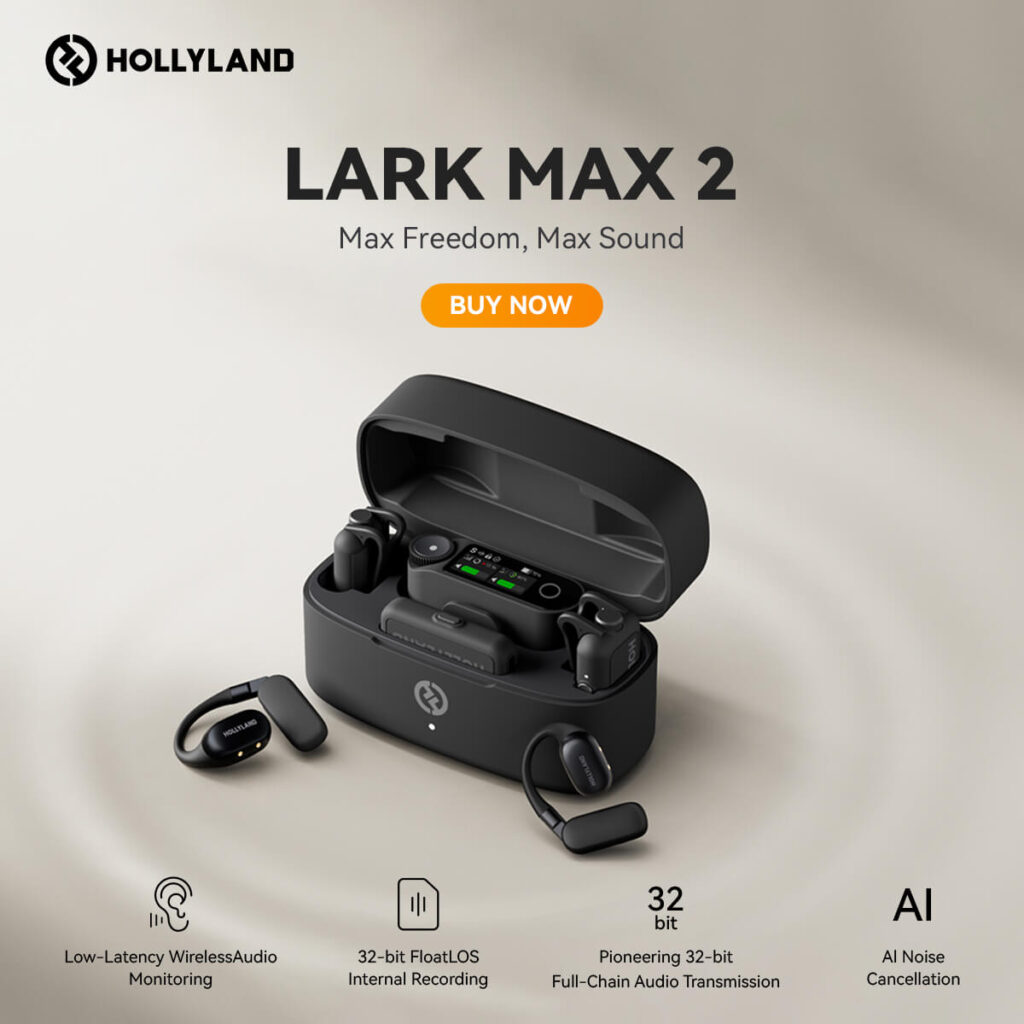Podcasts have become super popular in today’s era. They’re like talk shows where people share stories and ideas. But when it comes to making podcasts, one big problem is getting really good sound. That’s where podcast microphones come in. The right microphone can make your recordings sound amazing, capturing all the feelings and emotions in your voice.
With different podcast microphones available in the market, it can be quite overwhelming when it comes to making a decision. That’s why we’re here to lend a hand. We’ve put together a list of the 5 best podcast microphones in 2023. These microphones serve as your go to tools for achieving quality. When creating this list, we considered factors such as clarity, user friendliness, durability, and affordability. This way, you’ll be equipped with a microphone to enhance your podcasting skills.

Whether you’re a podcaster or just starting out, these microphones have you covered. They ensure that your words are captured beautifully, your stories come to life vividly, and your listeners stay hooked. So sit back and get ready for a journey as we explore the finest podcast microphones available today. Let’s dive in!
Criteria for Selecting the Best Microphones For Podcast in 2023
Selecting the right microphone for podcasting is crucial for top-notch audio quality. Here’s what to consider before buying a microphone:
- Sound Quality
The primary criterion for selecting a mic is sound quality. Without good sound quality, your listeners may struggle to understand your podcast, and you might risk losing followers. Look for microphones with clear and natural sound reproduction to ensure your podcast sounds professional and engaging.
- Microphone Type
When it comes to podcasting, there are two types of microphones: condenser microphones and dynamic microphones. Dynamic mics handle noise well, while condensers offer better sensitivity, which is great for studio setups.
- Pollar Patterns
Choose microphones with suitable polar patterns, like cardioid for solo podcasting, bidirectional for interviews, or omnidirectional for group discussions.
- Connectivity and Compatibility
Check if the microphone connects easily to your recording setup, whether it’s a computer, mixer, or audio interface. Ensure it’s compatible with your devices.
- Background Noise Control
Opt for microphones with good noise isolation or built-in features like pop filters to minimize unwanted sounds during recording.
- Frequency Response
Choosing microphones with good frequency response for podcasting is crucial because they accurately capture the full range of human speech and environmental sounds. Optimal frequency response (typically 80 Hz to 15 kHz) ensures that your podcast recordings sound natural and clear, preserving both deep tones and sharp consonants.
This results in engaging, professional-quality audio that resonates with listeners and keeps them captivated throughout your podcast episodes.
Comparison of 5 Best Microphones for Podcasts in 2023
* The prices of these products vary from platform to platform and may change over time, so they are for reference only.
| Title | Audio-Technica AT2020 Cardioid Condenser Microphone | RØDE NT-USB USB Microphone with Pop Filter and Tripod | Shure MV7 USB Microphone with Voice-Isolating Technology | Samson Technologies Dynamic Microphone | Elgato Wave:3 – USB Condenser Microphone |
| Star Rtaings | 4.8 | 4.7 | 4.7 | 4.7 | 4.7 |
| Reviews | 2,427 | 11,586 | 839 | 4,228 | 8,014 |
| Pollar Pattern | Cardiod | Unidirectional | Unidirectional | Unidirectional | Unidirectional |
| Audio Sensitivity | 37 dB (14.1 mV) re 1V at 1 P | 110 dB | 55 dBV/Pa (1.75 mV) | 54 dBV/pa (2.5 mV/pa) | 15 dB |
| Frequency Range | 20 Hz to 20,000 Hz | 20Hz to 20kHz | 50 Hz to 16,000 Hz | 50 Hz to 15 kHz | 70 Hz to 20,000 Hz |
| Connectivity | XLR output | USB | USB | USB | Auxiliary, USB |
| Price | $129.00 | $129.99 | $269.00 | $59.99 | $149.99 |
Audio-Technica AT2020 Cardioid Condenser Microphone

The Audio-Technica AT2020 Microphone has a special part inside called a diaphragm that helps it pick up a wide range of sounds and quick changes in sound. This microphone is strong and can handle loud sounds without a problem.
The AT2020 microphone doesn’t make much noise on its own. It can handle loud and quiet sounds really well. The special diaphragm makes it capable of picking up a lot of different sounds. The way the microphone is shaped helps it mostly hear sounds from the front and not so much from the sides and back. This is good because it can help the microphone focus on the sound you want it to hear. It has a special kind of plug to connect it to devices.
In simple words, the Audio-Technica AT2020 microphone is a strong and high-quality microphone that’s great for podcasting and recording at home studios. It can handle different kinds of sounds and is really good at picking up what you want it to hear.
Features and Specifications
- Cardioid Polar Pattern
- Extended Frequency Response
- 20 dB SPL Noise level
- Superior Transient Response
- 3-pin XLR Output connector
Pros
- Clear Transient Response
- Low Self-Noise
- Reduced Off-Axis Noise
Cons
- Unidirectional Pickup
- Limited Pattern Options
Quantitative Measurements
- Durability: 9/10
- Build quality: 8/10
- Design: 7/10
- Uniqueness: 6/10
Price
$79.00
RØDE NT-USB Microphone with Pop Filter and Tripod

The RØDE NT-USB microphone is a versatile choice for podcasting and voice-over work. It’s a “side-address” microphone, which means you speak into the side of it, making it great for recording your voice. You can use it on Windows and Mac computers, and even on an iPad with apps like Rode Rec or Garage Band.
One of the features is that it has a built-in headphone jack. This allows you to connect your headphones and listen to yourself in time while you’re recording. There are control knobs that let you adjust the volume of the headphone sound to match your voice and the sounds coming from your computer or iPad.
Additionally it includes a filter designed to minimize sounds like ‘B’ ‘T’ or ‘P’ sounds. This filter attaches neatly to the bottom of the microphone and is strategically placed to reduce those noises when you’re speaking or singing. It’s user and compatible with devices. Even offers features that enhance the quality of your recordings.
Features and Specifications
- Monitor the microphone input in real-time
- With dials to adjust the monitoring level
- Features a zero-latency stereo headphone monitoring
- Made from high-grade clear polycarbonate material
Pros
- Real-time Monitoring
- Compatible with windows, Macs, and iPads
- Adjustable Headphone Mix
- Pop Filter
- Easy to set up
Cons
- Might not provide the same level of audio quality as more specialized microphones
- Can sometimes pick up background noise
Quantitative Measurements
- Durability: 8/10
- Build quality: 9/10
- Design: 8/10
- Uniqueness: 7/10
Price
$129.00
Shure MV7 USB Microphone with Voice-Isolating Technology
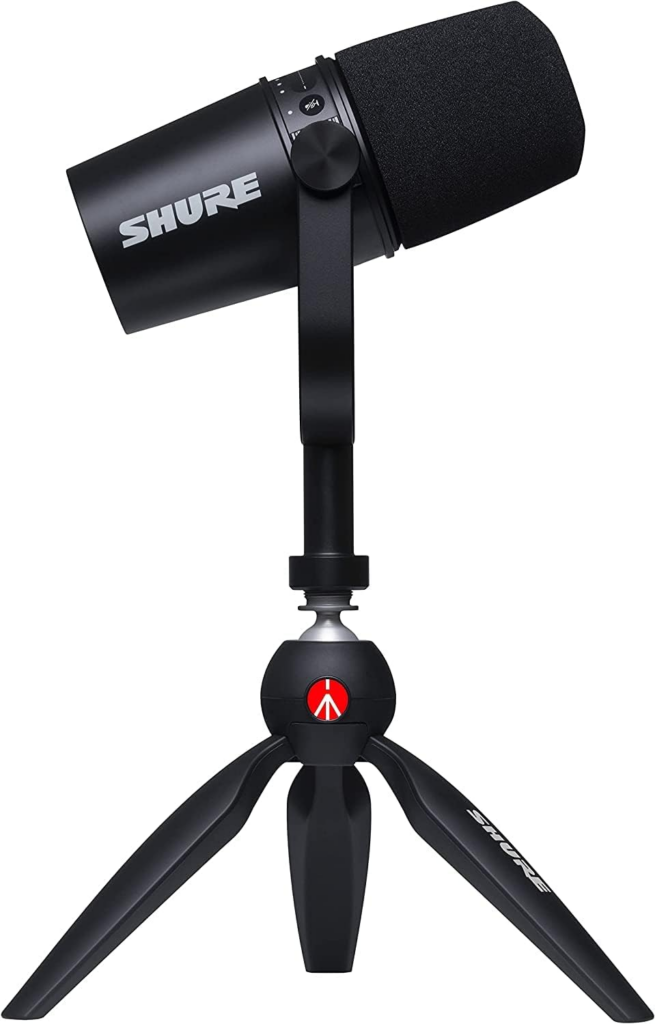
The Shure MV7 is a top-notch USB/XLR dynamic microphone that draws inspiration from the legendary SM7B microphone and excels at capturing vocals up close while maintaining a well-balanced sound. One of its standout features is a touch panel interface right on the microphone itself.
This interface allows you to adjust various settings like microphone volume, headphone volume, monitor mix, and mute functions. This hands-on control ensures you can easily fine-tune your audio setup on the fly. The ShurePlus MOTIV™ Desktop Application elevates your audio experience, offering extra control and customization.
Save your preferred microphone settings or utilize features like automatic gain, compression, and EQ presets for on-the-fly adjustments. The MV7 showcases a stylish all-metal build that’s as durable as it is attractive, suitable for demanding professional scenarios. Its adaptable yoke facilitates easy mounting on different microphone stands, enabling precise positioning.
Features and Specifications
- Dual Connectivity (USB/XLR
- Inspired by SM7B
- Touch Panel Interface
- ShurePlus MOTIV™ Desktop Application
- Adjustable Yoke Mount
Pros
- Offering both USB and XLR connections
- Touch Panel Interface
- Durable Build
- Adjustable Yoke Mount
Cons
- Focused sound for close-mic use.
- Learning curve for interface
Quantitative Measurements
- Durability: 8/10
- Build quality: 9/10
- Design: 8/10
- Uniqueness: 7/10
Price
$269.00
Samson Technologies Q2U Dynamic Microphone
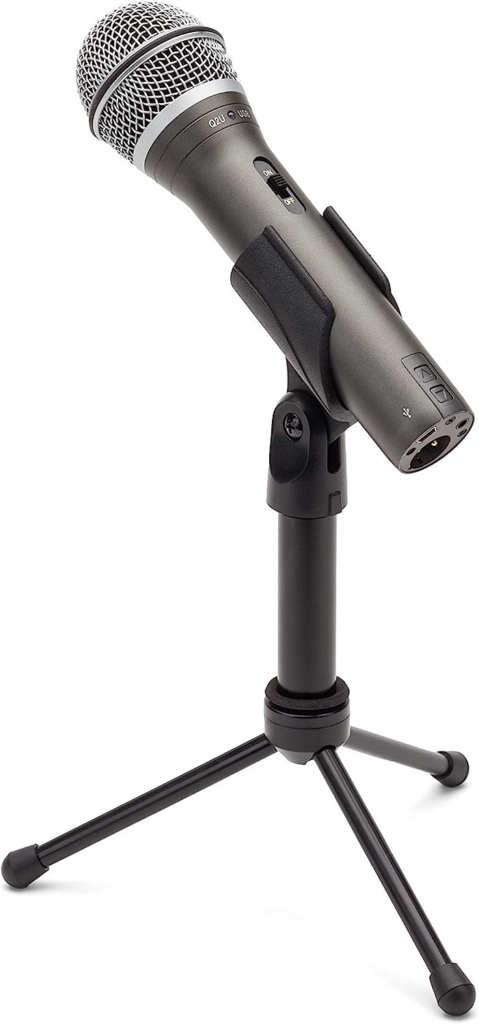
The Samson Technologies Q2U Microphone is a versatile tool that lets you record audio in different ways. It has a USB connection to link directly to your computer and an XLR connection to work with mixers or other audio equipment.
The microphone captures sound from the front and reduces background noises, which is helpful for podcasting, recording at home, or doing voice overs. It even helps prevent unwanted feedback during live performances.
The microphone has a headphone jack, so you can listen to yourself in real-time without delays. It’s built tough with a solid design and is easy to use —just plug it into your computer, open your recording software, and start creating!
Features and Specifications
- Dual Connectivity (USB/XLR)
- Cardioid Polar Pattern
- Built-in 3.5mm Headphone Jack
- Onboard Controls (gain, headphone volume, mute)
- Desktop Stand and Mounting Accessories
Pros
- Dual connectivity
- Cardioid Pattern
- Onboard Controls
- Real-time Monitoring
Cons
- Limited Frequency Response (50Hz — 15kHz)
- Basic Sound Quality (compared to higher-end microphones)
Quantitative Measurements
- Durability: 8/10
- Build quality: 7/10
- Design: 6/10
- Uniqueness: 5/10
Price
$59.99.
Elgato Wave: 3 — USB Condenser Microphone
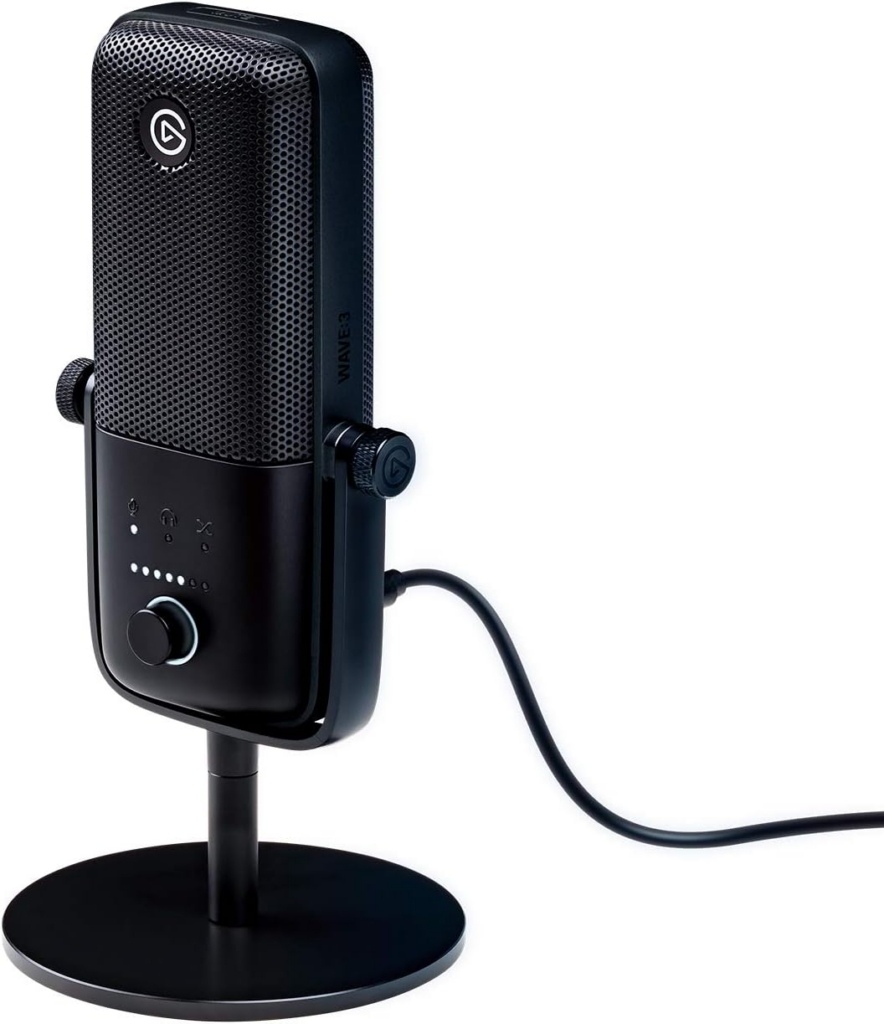
The Elgato Wave: 3 Microphone has a special part inside called a condenser capsule that makes your voice sound really clear and detailed. There’s a special app called Wave Link that helps you control the microphone and up to eight other sounds you want to use. You can mix them together to make things sound just the way you want. It’s like having your own mini recording studio!
The microphone is also really good at turning your voice into a digital sound. It’s like magic that makes your voice sound professional, just like on the radio. Another cool thing is that the microphone has a special technology called Clipguard. This magic technology makes sure that your voice never sounds distorted, even if you get too loud.
You can connect the microphone to your computer using a USB cable. There’s also a special button on the microphone that you can touch to temporarily turn the sound off, and a special knob that you can turn to do different things.
Features and Specifications
- Wave Link App
- 24-bit/96kHz Conversion
- Clipguard Technology
- Superior Circuitry
- Multifunctional Dial
- USB connectivity
Pros
- Professional Conversion: Offers 24-bit/96kHz analog-to-digital conversion
- Clipguard technology prevents Distortion
- User-Friendly Muting
- Multifunctional dial
Cons
- USB Connection Only
- Focused Use Case
Quantitative Measurements
- Durability: 8/10
- Build quality: 9/10
- Design: 9/10
- Uniqueness: 7/10
Price
$149.99
Conclusion
In wrapping up our discussion on the best podcast microphones, we’ve explored the nuances of five exceptional options along with their respective strengths and drawbacks. While navigating these microphones, it’s essential to consider your recording environment, financial plan, and content aspirations. Each microphone has its own unique attributes, catering to various preferences and styles.
As you embark on your podcasting venture, remember that the microphone you select is more than just a tool; it’s your voice’s conduit to the world. By making an informed choice, you’re equipping yourself to create engaging and captivating content that resonates with your audience. Happy podcasting!
Frequently Asked Questions
Q: Can you explain the difference between USB and XLR microphones? Which one should I use for my podcast?
A: USB microphones are easy to use and directly connect to your computer, making them great for beginners and simple setups. XLR microphones offer higher audio quality and flexibility but require an external audio interface.
For podcasting, USB microphones are often more convenient, while XLR is ideal for advanced setups and better sound quality.
Q: What type of microphone should I choose for podcasting?
A:For podcasting, a dynamic microphone is a popular choice due to its noise reduction and versatility. USB microphones are user-friendly, while XLR microphones offer higher quality. Consider your budget and recording environment to decide which type suits you best.
Q: What’s the best room arrangement to minimize background noise and echoes in my podcast recordings?
A: To reduce background noise and echoes, choose a quiet room with minimal hard surfaces. Use soft furnishings like rugs and curtains, and consider soundproofing materials.
Record in a corner or against a wall, and use a directional microphone to capture your voice more effectively.






























.png)



